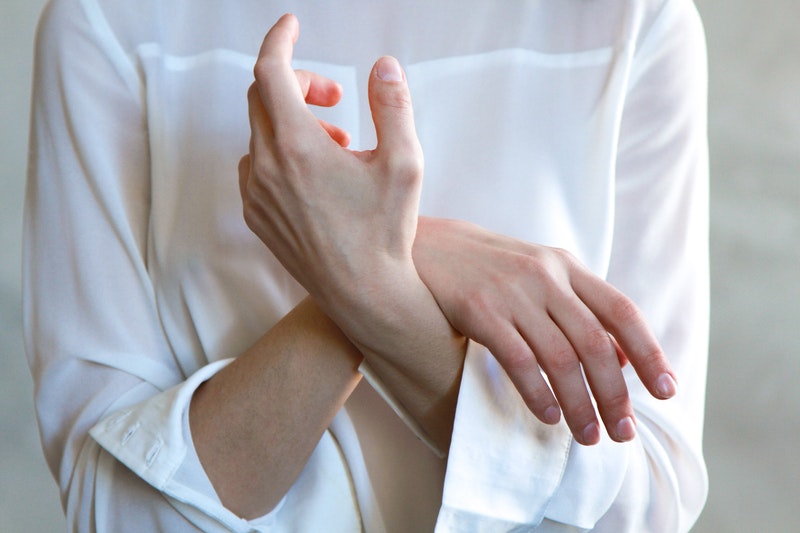Notes from an Osteopath: Living with Arthritis #ArthritisMatters

Please note the suggestions in this post are just that, suggestions – and whenever undertaking any major lifestyle change it is prudent to speak to your doctor about it first.
Living with arthritis can be a pain (pun intended) at the best of times. Of course, there are more than 100 different types of arthritis and related diseases. The vast majority of these conditions share common factors and there are common ways that can help to alleviate the pain and improve the condition. They are discussed below:
Inflammation is a common factor in arthritic diseases and there are ways and means to help reduce this inflammation. Firstly – diet and supplements can play a major role in increasing or reducing inflammation. The key here is to cut out pro-inflammatory foods (food that contribute to inflammation). It is best to talk to a dietitian or nutritionist in order to ascertain possible causes of foods that may be contributing to inflammation. Patients have used diet and supplements to control inflammation with good levels of success. Not least of these are the anti-inflammatory medications that are routinely prescribed by doctors. The side-effects of these medications need to be assessed on a case-by-case basis.
As an osteopath, I often see patients who have been diagnosed with a form of arthritis and this diagnosis doesn’t generally equate to automatic pain and suffering. Some conditions can be managed well using various methods. One of my patients suffers with ankylosing spondylitis, which is a form of spinal arthritis and she manages the symptoms very well with a grain-free diet. Even her inflamed eyes (uveitis), which are a symptom of this condition do not flare up as long as she keeps strictly to her diet. You can read the story about how New York chef Seamus Mullen reversed the effects of rheumatoid arthritis on the Telegraph.
Sleeping is a factor that can affect the levels of inflammation. When we sleep – the body has a chance to heal from various ailments and it will attempt to do so to the best of its ability. The inflammatory response is a factor in healing and overnight inflammation levels can increase. Some arthritis sufferers find that their pain is much better if they do not sleep over a certain amount of time, say 7 hours or so – for some this can be as little as 4-6 hours. Others find that they can only sleep for a certain amount of time before they are woken up with pain and once they’re up they cannot go back to sleep.
In either case, it is important to make yourself as comfortable as possible to take full advantage of the limited time that is available for sleep. Good ways to ensure this are to find a mattress that makes you as comfortable as possible. For some, this means a mattress that has a particular firmness level that they find by trial and error, whilst others cannot get comfortable for long periods of time on a conventional bed. If that is the case, an adjustable bed can be the key to a good night’s sleep.
Another common suggestion for patients with arthritis is to take up an increased level of exercise. Generally, due to the pain many sufferers adopt a more sedentary lifestyle, believing that exercise is bad for the joints or will wear them out.
It may seem counter-intuitive, but an increased level of exercise will lead to an increased level of musculo-skeletal health and this is a good thing when it comes to any disease, especially something like arthritis. Even for osteoarthritis, where the cartilage is worn and thinned, an increased level of exercise is often prescribed. The main factor in taking up more exercise is to find a form of exercise that you enjoy and that puts limited stress on the joints. Firm favourites are swimming and cycling, and some people even get on well with rowing.
For more information and advice talk to a medical professional such as those at Sacks Osteopath in London.
Check out this ebook for some more advice.






